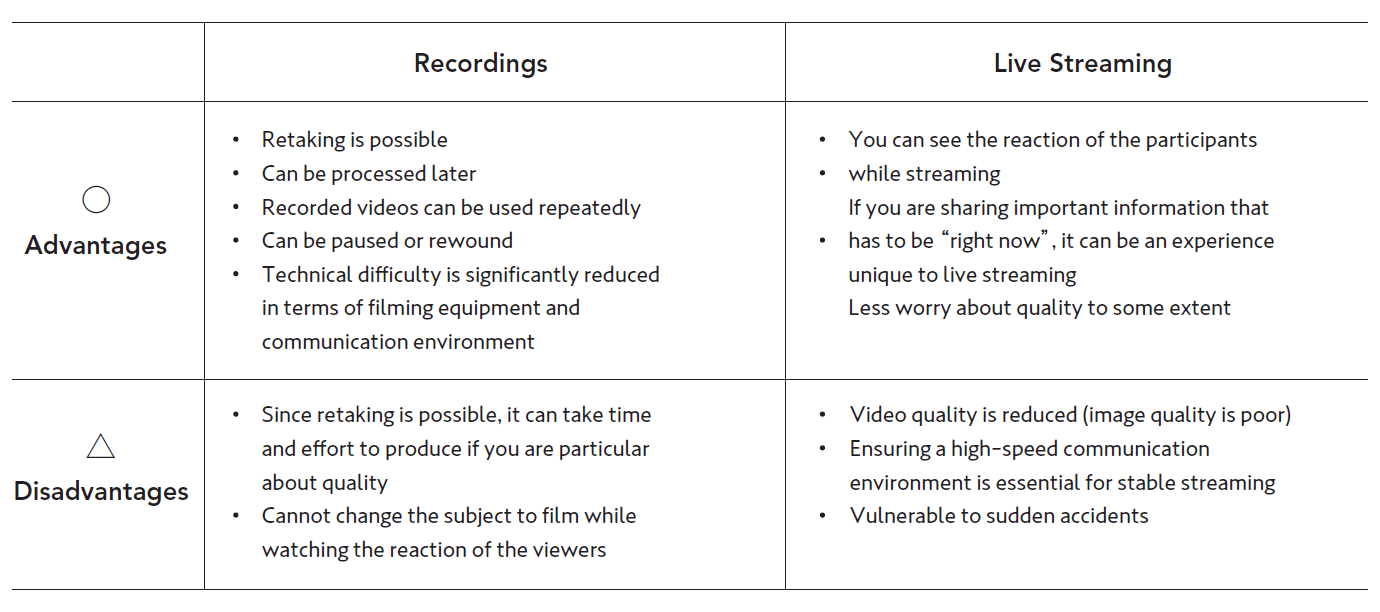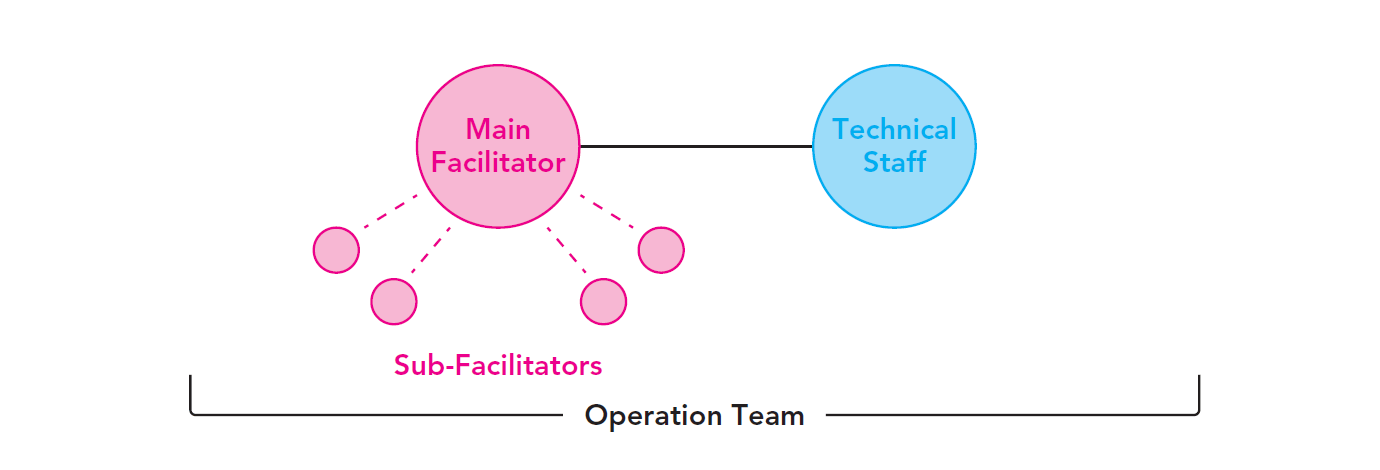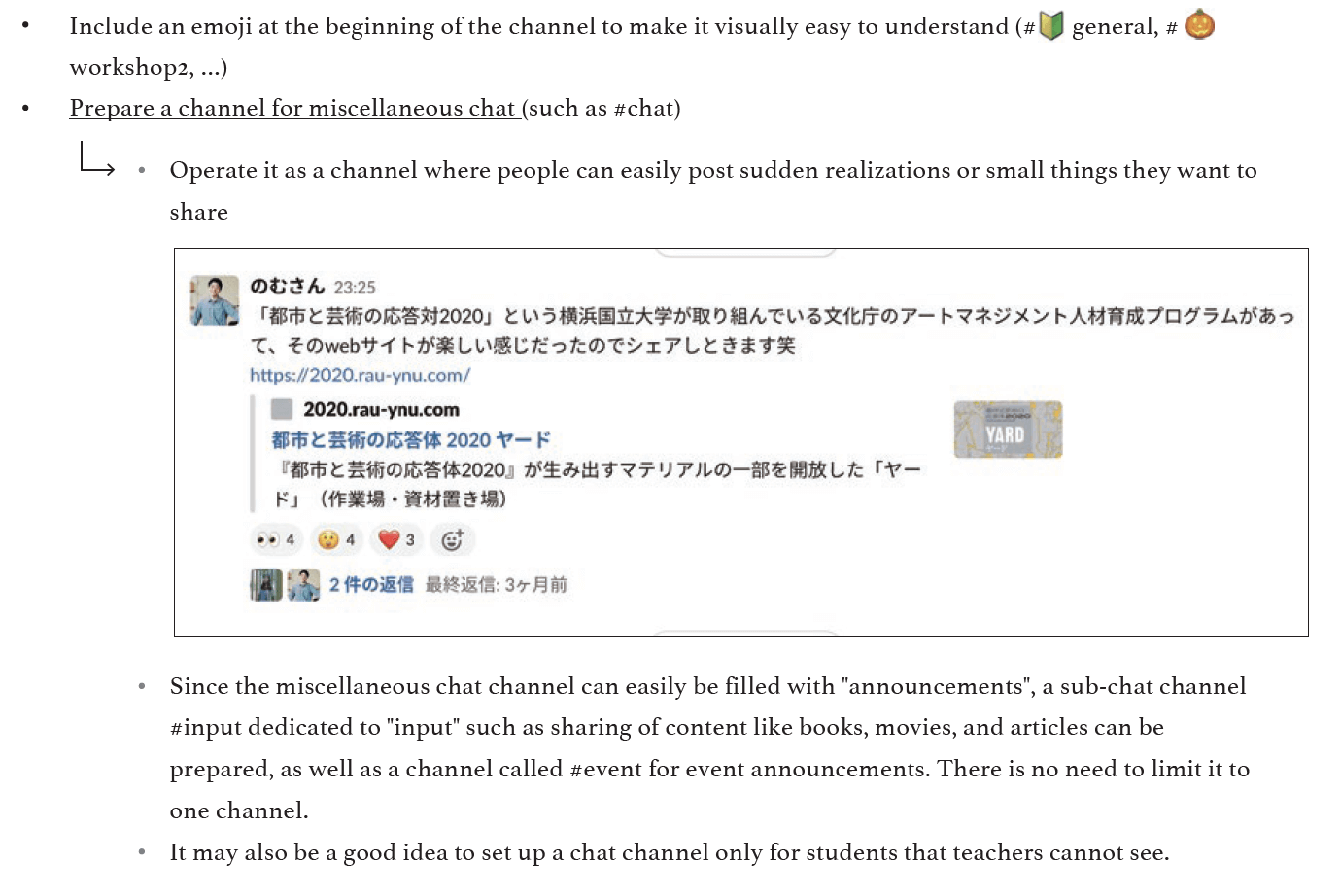
Introducing Pathways – Loftwork’s Free Guide for the Online Education Generation
2020 saw the rapid rise of online education and online training initiatives, as the world shifted online. As a necessary measure under the conditions of Covid-19 and social distancing, it is something likely to continue and advance in the post-Covid world order. However, unlike its offline counterpart, online programs need to contend with time, space and communication constraints.
Together with the Research Institute for Disaster Mitigation of Urban Cultural Heritage at Ritsumeikan University, we have created a guide for developing online education programs for educational institutions, companies and non-profit organizations across the world. ‘Pathways’, available in both English and Japanese, is completely free to access and use under the Creative Commons (CC BY-NC-SA) license.
Growing Pains for Online Education
There’s no doubt that online education programs come with their own benefits and add unique layers to the learning experience. In this online sphere, discussions can become deeper through text, and students’ understanding can also be improved through better access and repeated learning.
However, the limitations of ‘moving online’ have not gone unnoticed, either. Educators and students alike have been trying their best to find a shared sense of place, better engagement and effective communication. These issues are further compounded by difficulties in recreating the real-life ‘immersion’ that fieldwork and workshops provide. How do we overcome these challenges, as we usher in the new era of education?
Practical Solutions for ‘Going Online’
Through interviews with 12 experts from various fields, we compiled a range of the knowledge necessary for implementing online education programs. Aiming to tackle some of the existing issues, our handy guide maps out the path of online education programs from the perspectives of video production, program design, communication tools and facilitation technology.
Here are a few examples:

Don't try to do everything ‘in Zoom’
As a general rule, lectures should be on-demand, with recorded videos and course materials available for students to access at any time. Students’ learning can be deepened by splitting communication into ‘synchronous’ and ‘asynchronous’ modes, meaning that text discussions can be implemented on platforms like Slack first, before focusing on output and feedback once everyone is connected via Zoom. (Chapter 2: Basic Design: ‘Synchronous’ vs. ‘Asynchronous’)

Don't be overly concerned about live streaming for video
Try to utilize recordings as much as possible, since they have fewer restrictions than real-time live streaming, and more advantages in terms of quality and technology. Advanced equipment is also not necessary for the best results in this day and age; one can get a sense of immersion and ‘specialness’ by only using an iPhone and a gimbal, which minimizes camera shake. (Chapter 3: How to Create Video Content)

A ‘two-person team’ for facilitators and backstage staff
A two-person team, consisting of a ‘facilitator’ who has communication and facilitation skills and a ‘backstage person’ who can troubleshoot technical issues flexibly, is recommended to stabilize the program operation. When conducting small group work, it is important to have sub-facilitators. (Chapter 5: Structure and Scale)

Other helpful and innovative ideas in Pathways include detailed ‘channel naming’ and operation guidelines to facilitate communication on text chats such as Slack.

About Pathways
Since 2006, the Institute for Disaster Mitigation of Urban Cultural Heritage, Ritsumeikan University has been conducting the UNESCO Chair program on Cultural Heritage and Risk Management (International Training Course). Practitioners in fields of cultural heritage conservation management and disaster prevention around the world arrive in Kyoto to conduct field work at cultural heritage sites.
Due Covid-19, the 2020 program was cancelled. Though the institute searched for a way to move the training online, it was difficult to move the fieldwork part of the program online, too. Loftwork was subsequently commissioned by the program management team to conduct research, culminating in interviews with experts in various fields, who had gone through trial and error on the front lines of educational institutions and companies.
About the Institute for Disaster Mitigation of Urban Cultural Heritage, International Training Course, Ritsumeikan University
The ITC was recognized in 2006 as the world’s first UNESCO Chair in the field of cultural heritage and disaster risk management. The ITC is an international educational initiative that aims to promote international cooperation based on the exchange of knowledge and research results across national borders, and has produced more than 100 graduates over the past 10 years.
This document is a ‘report’ of research activities conducted by Loftwork Inc. on behalf of the UNESCO Chair Cultural Heritage and Risk Management International Training Course Team, Institute for Research on Disaster Mitigation of Urban Cultural Heritage, Ritsumeikan University. At the same time, it is also a concrete ‘proposal’ for the development of an online version of the International Training Course (ITC) on Disaster Risk Management of Cultural Heritage program. In order to share the findings and suggestions of this research not only within the ITC team, but also with those who are planning and managing similar online programs in various capacities, almost the entire text has been made available under a Creative Commons license (CC BY-NC-SA 4.0*). This license is for non-commercial use only. This license allows you to use and redistribute it for non-commercial purposes, provided that you give proper credit, link to the license, indicate any changes, and grant the same license for redistribution. Please use it widely. For commercial use, please contact Loftwork PR (pr@loftwork.com)









